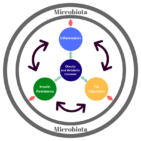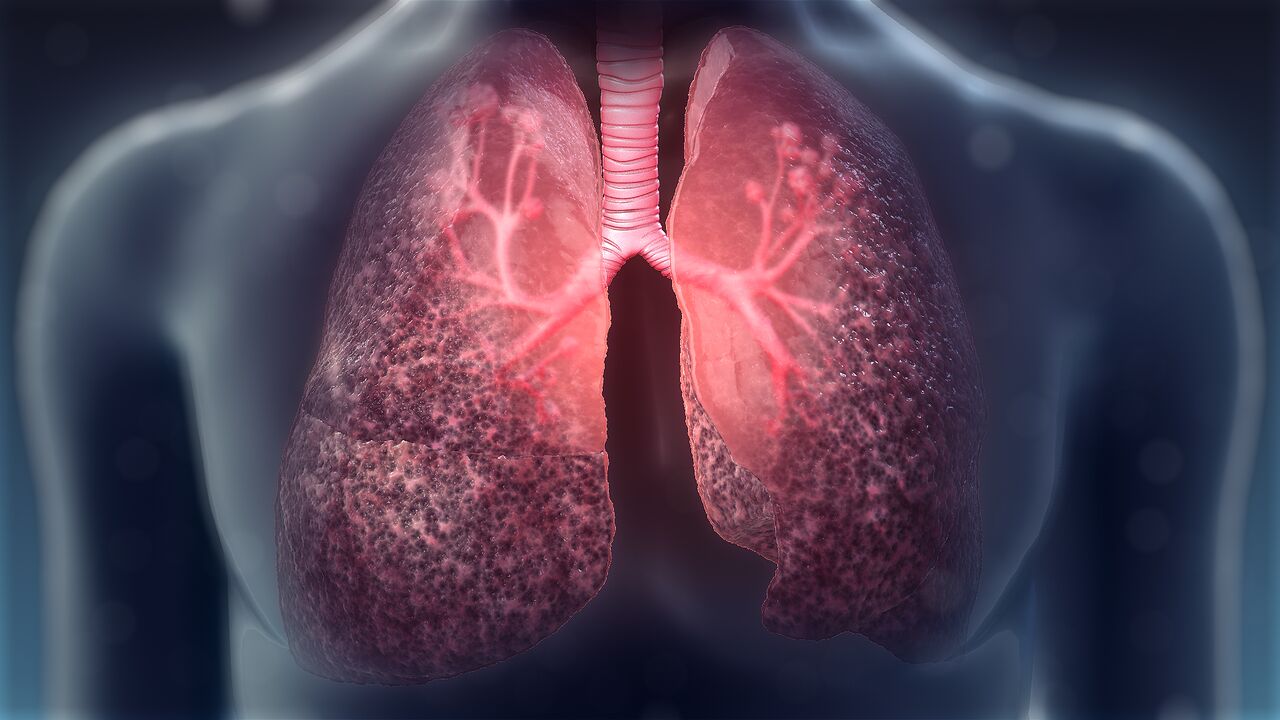An article published in the American Association for the Advancement of Science magazine* tells that Clevers, Director of the Hubrecht Institute in Utrecht, Netherlands, has developed a method to grow “mini-organs”, specifically mini-guts, in order to find successful treatments for people with cystic fibrosis.
Organoids have previously made headlines in scientific circles when stem cells were employed to grow mini human brains. But Clevers’ technique is cool because he has found a way to use cell material from the stomach, pancreas, brain, and liver to create their miniature forms without embryonic stem cells. What has made this even noteworthy is its application in helping cystic fibrosis sufferers.
Cystic fibrosis is one of the most common inherited diseases in which a faulty copy of the cystic fibrosis gene is inherited from both of the parents, leading to production of thicker-than-normal mucus in the lungs, intestines and other sites. This causes a range of health problems including an impaired ability to absorb sufficient calories and repeated chest infections.
Mutations are caused in the cystic fibrosis transmembrane conductance regulator (CFTR) channel, causing dysfunction in the gastrointestinal tract. And frequent antibiotic exposure disrupts the gut microbiota. CFTR-targeting therapies have recently been approved to treat the condition, but because there are more than 2000 genetic changes capable of producing cystic fibrosis, only very few patients are likely to respond to these drugs, making the treatment challenging, time-consuming, and costly.
The organoids are often used for drug testing. The medicines for cystic fibrosis are given to the custom-made mini-guts in the lab. If they puff up, it indicates that the cells are now correctly balancing salt and water, implying that the drugs are working properly and would be effective in the patient from whose cells the mini-gut was made.
Although these organoids mimic the features of full-size organs, they don't function the same way. Since most of these tiny replicas resemble undeveloped organs of an embryo than adult, scientists are using them to unravel how organs mature, providing clues on how certain diseases might be treated.
Researchers are also using the mini-guts to try another approach they hope will someday work in people — using a gene editing technique to repair the faulty cystic fibrosis gene in the organoid cells.
Other experiments are underway in the Netherlands and the U.S. to test whether organoids might help pinpoint treatments for cancers involving lungs, ovaries and pancreas.
*Reference
1. This scientist is building miniature guts, livers, and lungs that could save your life one day
Gut Microbiota Cause Most Chronic Diseases
The majority of inflammatory diseases originate in the gut, as the human gut harbors a range of symbiotic microorganisms which play an essential role in metabolic regulation. Any alteration in the ecosystem of these microbes paves way Read More..









